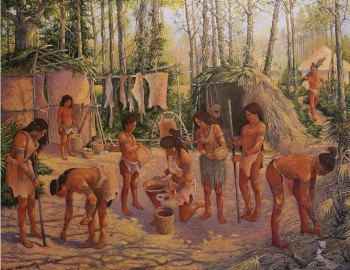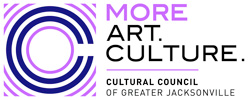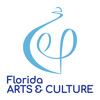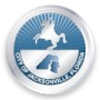Our Land: Indigenous Northeast Florida
Begins:
Fri 03-27-20
Ends:

Jacksonville’s past includes a deep Indigenous history. Beginning more than 10,000 years ago, small family bands occasionally moved through the area. By 5,000 years ago, Native populations started living permanently near the Atlantic coast. Contrary to the myth of an unchanging Native American past, migrations, contact with outsiders, long-distance interactions, and technological innovations shaped the precontact history of Northeast Florida.
The story of Indigenous, French, and Spanish encounters in Northeast Florida is most often told from a European perspective. Today, Fort Caroline is a memorial to French efforts to colonize Mocama land, and the Castillo de San Marcos is a national park honoring Spanish successes in both vanquishing the French and taking over Timucua homelands. But what did the Mocamas make of French and Spanish colonizers? And why isn’t their side of the story told?
Drawing on archaeological and historical evidence, the Indigenous perspective presented in Our Land begins 1000 years ago and continues to the present day.
Students from the University of North Florida helped to design this exhibit for a course co-taught by Dr. Keith H. Ashley and Dr. Denise I. Bossy in the fall of 2019 called “Public Archaeology and History of Florida Indians.”
Generous funding for this project was provided by the Humanities Initiative of the College of Arts and Sciences at UNF, the UNF Archaeology Laboratory through the support of the Cummer Family Foundation, and the Beaches Museum.
Artistic interpretations of the Mocama were sponsored by the Public Trust Environmental Legal Institute of Florida through the Timucua-Mocama Art Contest with the goal of presenting a more authentic portrayal of the scenes depicted in the classic but ethnocentric sixteenth-century works of Jacques Le Moyne and Theodor de Bry.
For more information on this exhibit, please call 904-241-5657 or visit the Beaches Museum website.



